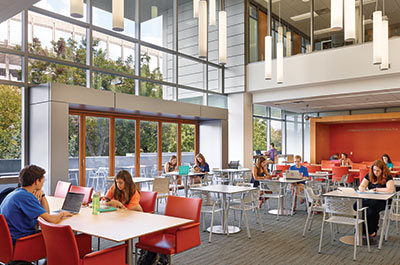Objects
General Collections
Important organic artifacts (fiber, wood, bone, and shell), stone tools, pottery, metal artifacts, and other significant items are housed at TARL. A secure, climate-controlled facility was built in the mid-1990s with matching funding from the National Endowment for the Humanities and The University of Texas at Austin. Within the room, artifacts are stored by accession and site in museum cabinets within a mobile storage system. The facility is capable of holding 73 cabinets, each containing approximately 40-72 drawers depending on spacing. The curation staff continues to add artifacts from incoming collections as well as upgrading existing TARL collections, many of which date to projects from the 1930s and 1940s.









- Type Collections / Comparative Collections
Over the years special groups of artifacts and source materials have been organized as type collections to facilitate comparative analysis; these are available for use by researchers and students at TARL. The Comparative Collections include: projectile points, ceramics, lithic raw materials, and shells. TARL's faunal type collection was transferred to the nearby Vertebrate Paleontology Laboratory (VPL), where they are now part of a much more comprehensive collection. Researchers interested in examining faunal materials should contact VPL.
The projectile point type collection was largely organized by Ed Jelks and Dee Ann Story (then Suhm) while preparing the original Handbook of Texas Archeology (1954). Some examples have been added subsequently. The ceramic type collection consists of diagnostic sherds of pottery types found in Texas and adjacent areas, particularly the American Southwest. The lithic raw material collection contains chert and various other rocks and minerals from archeological sites and source areas across the state. The locations of these sources are plotted on dedicated topographic maps stored with the collection. The shell collection includes many of marine and freshwater species exploited by prehistoric peoples for food and material for making tools and ornaments.
- Whole Vessel Collections
Over 4,000 complete or reconstructed pottery vessels from across Texas are housed in a secure facility and are accessible for study. The collection contains the largest group of Caddoan vessels in a single curation facility. In fact, the Caddoan vessels make up the bulk of the collection. Although pottery is an extremely durable material, complete and reconstructable vessels are rare at most archeological sites. For this reason, the Whole Vessel Collection is a particularly important resource for researchers. Modern potters such as Jerri Redcorn of the Caddo Nation of Oklahoma have visited the collection for inspiration in creating contemporary masterpieces based on ancestral designs.
- Bulk Collections
Many archeological investigations result in the collection of large numbers of commonplace artifacts, soil samples, and various geological and ecological materials. Most of these are housed in a separate space. Such materials are stored by accession and site in standard curation boxes.
- Accordion 4Panel 4. Add body text in this space.
- Accordion 5Panel 5. Add body text in this space.
For more information on our objects, please contact Lauren Bussiere, Head of Collections.
